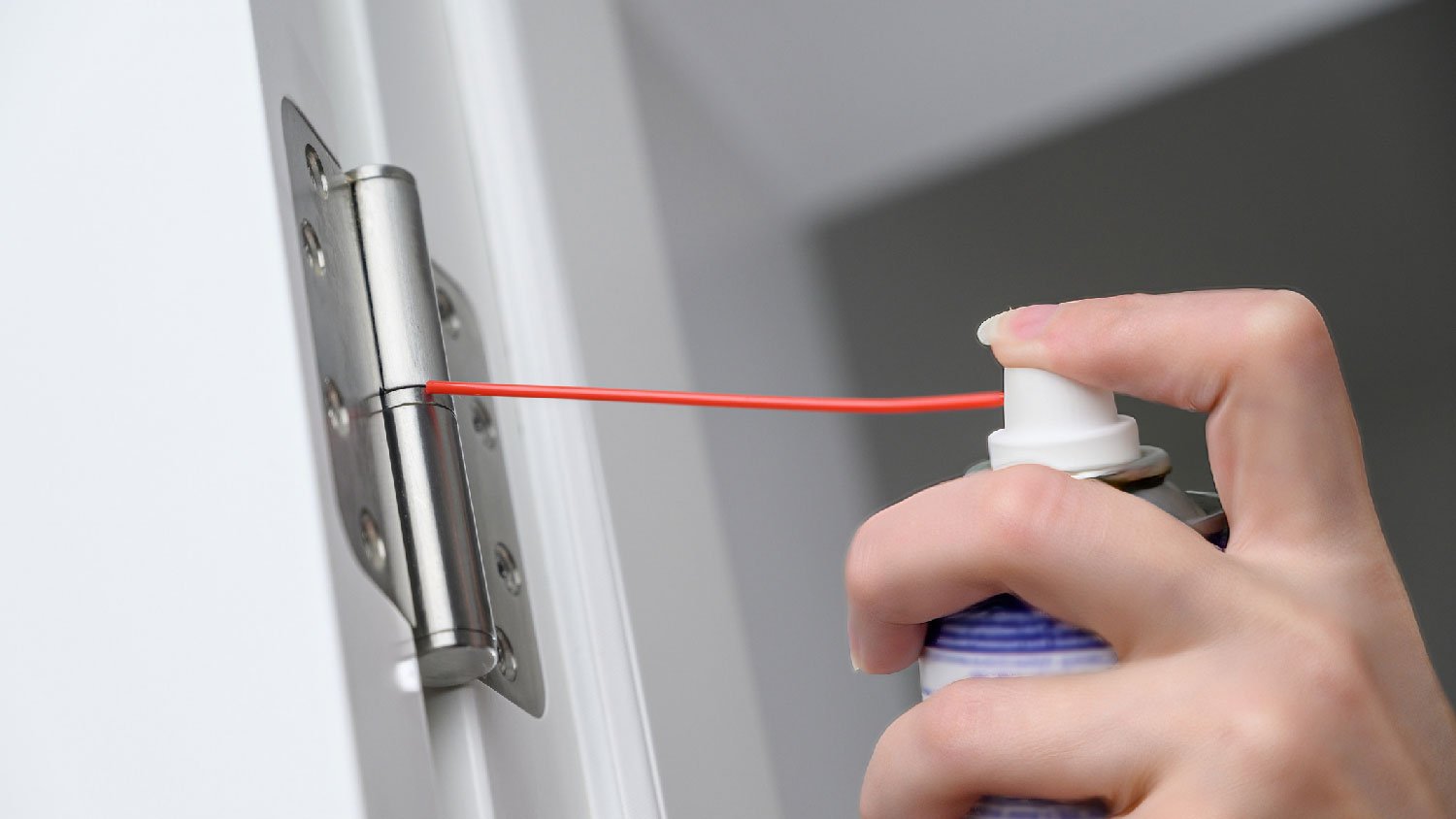
Planing a sticking door is a small repair that can make a big difference. Learn how much it costs to plane a door and what factors affect the cost.
Door problems and what they hinge on


A warped door is caused by excess moisture.
Drafty doors are one of the most common door problems and can spike your energy bill.
Broken and damaged hinges are common but easy to repair and replace.
An annoying squeaky door can be fixed with olive oil.
If you notice your door dragging on the floor, it’s probably a sagging door.
Doors are an important part of your house—to say the least—and they’re bound to face some problems over time. The wear and tear from constant opening and closing, structural issues, or even leaks are just some of the factors that cause door problems. Read on to find out what the most common door problems are and how they happen in the first place.
A warped door happens when a door has been exposed to moisture for a prolonged period of time. This is why it’s important to pay attention to things like water leaking from a door frame, and to handle the situation promptly. Essentially, the door will appear warped as it no longer fits properly in the doorstop due to the damage the moisture has caused. Moisture can make the wood of a door swell and consequently change shape and appear warped.
Drafty doors are one of the most common door problems people face. Having a drafty door means your door is letting in air. While this might just sound like you need to put a sweater on, it can quickly increase your energy bills as your air conditioning is working harder to regulate temperatures. Worn down weatherstripping or your door not closing flush to the door frame, are the two main reasons this door problem occurs.

You shouldn’t have to pull very hard on a door for it to open—nor should you feel that sticky sensation when you do so—but it happens. If your door won’t open properly because it is sticking, it could be due to a lack of space for the door to open within the frame or dirty hinges.
Depending on the cause, knowing how to fix a stuck door could be as simple as cleaning out any debris on the hinges. If the issue is more severe and requires a frame readjustment or sanding, you may want to seek a door repair professional near you depending on your ability to DIY.
Aside from opening, the most important thing a door does is close. So, if yours won’t close this is a problem, to say the least. A door that won’t close could be caused by loose hardware, the door latch and hole in the strike plate being misaligned, or a sagging frame. Luckily, most of these are simple fixes that require re-doing or tightening your hardware installation.
A door’s hinges do most of the work in terms of opening and closing, so it likely doesn’t come as a surprise that wear on this part of a door can cause significant issues. Door hinge problems are usually caused by damaged or broken hinges. But, you don’t need to know how to fix a broken door to deal with this problem, but rather just repair or replace the hinges themselves.

There’s something grating about the sound of a squeaky door—it’s one of those door problems you really can’t ignore. Despite their sound, squeaky doors aren’t caused by critters hiding in your hinges. Typically a squeaky door is caused by hinges that are loose and/or under-lubricated. The good thing about this issue is that solving it is pretty easy with household items such as olive oil, petroleum jelly, or WD-40.
A sagging door refers to what happens when a door is sagging away from the doorjamb, rather than being in its fully upright position. When a door sags, it will look as if it's a bit lopsided and drags against the floor. This door problem typically occurs over a long period of time due to the strain the door itself puts on the fasteners. Whether you’ll have to spend on the cost of a door repair depends on the severity of the issue. But often the steps to fix a sagging door are fairly straightforward, requiring replacements and tightening of the hardware.
Based on data from Angi, about 31% of homeowners need to repair the frame of their doors. Locksets and hinges are the next most common parts of a door that need repair, at 10.7% and 9.6%, respectively. Check out the other most common parts of a door that need repair.
From average costs to expert advice, get all the answers you need to get your job done.

Planing a sticking door is a small repair that can make a big difference. Learn how much it costs to plane a door and what factors affect the cost.

When adding a fresh new entryway to your home, you may be curious about the cost of sliding glass doors. Let's break it down by size, style, and design.

Sprucing up the barn or adding a rustic touch to your home? Use this guide to estimate barn door installation costs, so you can budget for your next project.

A door that won’t close is a frustrating issue, especially when you just want some privacy. Learn how to fix a door that won’t close with these simple tips.

There are many types of interior doors, from swinging to folding and sliding. This article breaks down each to help you find the right door for your needs.

Love the idea of a retractable screen door for your home? Get to know the pros and cons. Learn about three retractable screen storm door problems and how to fix them.